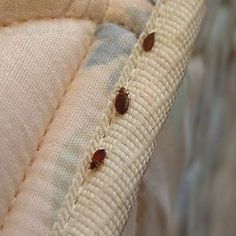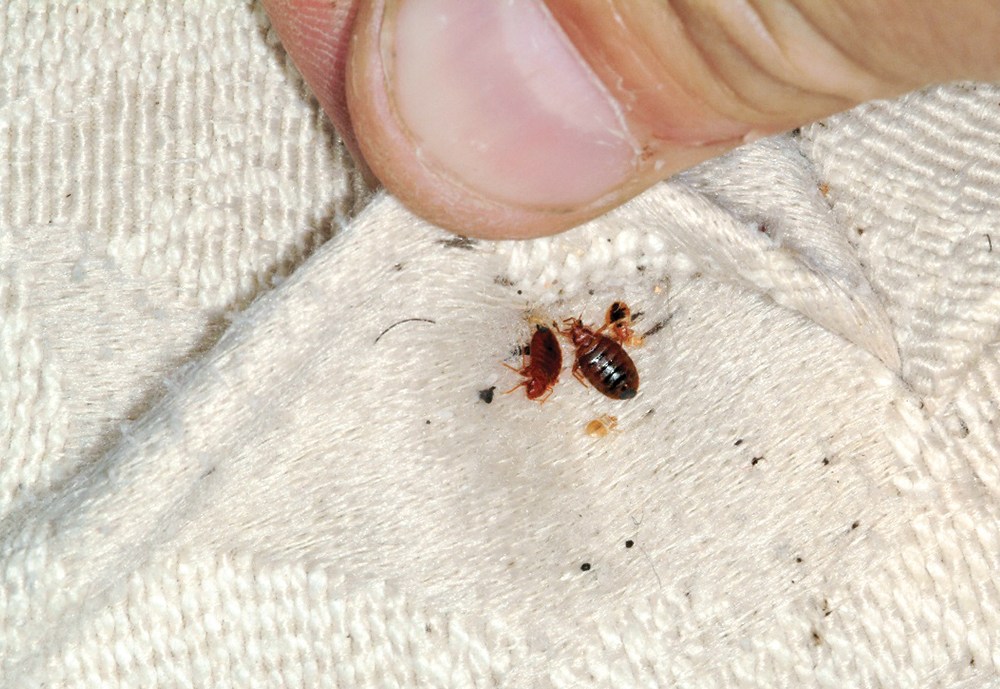Reputable A1 Bed Bug Treatment Houston - Proven Methods
Reputable A1 Bed Bug Treatment Houston - Proven Methods
Blog Article
Recognizing the Lifecycle of Insects for Targeted Control Approaches
Comprehending the lifecycle of parasites is an essential facet of efficient insect monitoring methods. Via a much deeper understanding of just how pests evolve and thrive, customized control strategies can be made to resolve specific points in their lifecycle, ultimately leading to even more successful insect administration end results.
Value of Understanding Bug Lifecycle
Understanding the lifecycle of insects is vital for creating reliable and targeted control techniques in parasite administration. By understanding the numerous stages a pest experiences from egg to grownup, bug control professionals can identify weak spots in the lifecycle where treatment can be most effective. Recognizing when larvae are most energetic can help figure out the optimum timing for using larvicides. Furthermore, understanding the life expectancy of a pest varieties can aid in predicting population development patterns and potential problem dangers.
In addition, identifying the specific ecological problems necessary for each and every phase of the bug's lifecycle can direct choices on environment adjustment or exemption methods to minimize and disrupt the lifecycle pest populations. This expertise enables pest administration experts to apply positive procedures as opposed to counting entirely on responsive therapies, leading to more long-term and lasting insect control services. Inevitably, a complete understanding of bug lifecycles encourages parasite control experts to tailor their approaches effectively, taking full advantage of and decreasing environmental impacts control outcomes.
Key Phases in Bug Development
To properly execute targeted control techniques in pest monitoring, an important facet depends on thoroughly identifying and comprehending the essential stages in pest growth. Insect advancement normally consists of several crucial phases that are important for their lifecycle and monitoring. The initial stage is the egg stage, where bugs lay eggs that later on hatch right into larvae. Larvae after that proceed right into pupae, a stage where they go through metamorphosis before emerging as grown-up insects. Recognizing these phases is vital as it assists in identifying weak spots in the lifecycle where control actions can be most efficient.

Susceptabilities in Insect Lifecycle
Throughout the numerous stages of a bug's lifecycle, distinctive vulnerabilities arise that can be purposefully targeted for efficient control steps. One crucial vulnerability depends on the egg stage, where insects are commonly a lot more susceptible to particular insecticides or biological control representatives because of their soft outer covering, making them simpler targets for intervention. In addition, the larval or nymph phase provides vulnerabilities as bugs undertake rapid development and development, needing high power intake that can be exploited by interrupting their food sources or introducing development preventions. Pupal stages, defined by immobility and improvement, use a home window for targeted control via physical obstacles or specific treatments that impede successful development. Adult parasites, while extra resistant Learn More due to their reproductive ability, can still be prone during mating or egg-laying tasks, which can be interrupted with pheromone catches or sterilization methods. Understanding these vulnerabilities in the bug lifecycle is important for creating specific and efficient control methods that successfully manage parasite populations while minimizing ecological impact.
Applying Targeted Control Steps

Carrying out targeted control procedures usually involves a multi-faceted approach. This might consist of habitat modification to make the atmosphere much less congenial to parasites, such as removing standing water for insect control or securing entry factors for rats. Additionally, organic control methods can be used, where natural predators or virus are introduced to keep insect populations in check.
Integrated Pest Administration (IPM) strategies that integrate various control measures in a worked with and lasting fashion are usually the most reliable in achieving lasting insect management objectives. By implementing targeted control actions based on a complete understanding of pest lifecycles, insect populaces can be properly managed while decreasing risks to human wellness and the setting.
Enhanced Pest Administration Practices

In addition, the incorporation of biological control agents, such as all-natural killers or microorganisms of parasites, can aid reduce dependence on chemical pesticides and advertise a more well balanced ecological community. Executing physical obstacles and catches can likewise belong to enhanced pest administration techniques, using non-toxic and targeted solutions for parasite control. In addition, making use of pheromones and various other semiochemicals can Continue interrupt pest mating patterns and interaction, leading to reduced bug populations with time.
Conclusion
Finally, recognizing the lifecycle of pests is important for effective bug management methods. By identifying essential phases in pest growth and susceptabilities in their lifecycle, targeted control measures can be executed to lessen insect populations. Boosted pest management methods can help in reducing the dependence on broad-spectrum pesticides and advertise even more eco pleasant and sustainable insect control techniques. This expertise plays an essential function in maintaining healthy and balanced ecosystems and agricultural productivity.
Comprehending the lifecycle of bugs is essential for establishing effective and targeted control approaches in bug administration. By comprehending the different stages a pest goes via from egg to grownup, insect control professionals can recognize at risk points in the lifecycle where treatment can be most effective. Ultimately, a comprehensive understanding of insect lifecycles empowers parasite control experts to customize their approaches successfully, decreasing click to find out more ecological effects and maximizing control results.
By implementing targeted control measures based on a comprehensive understanding of bug lifecycles, pest populations can be effectively managed while minimizing dangers to human wellness and the atmosphere.
By identifying key stages in pest growth and vulnerabilities in their lifecycle, targeted control steps can be implemented to lessen pest populations.
Report this page